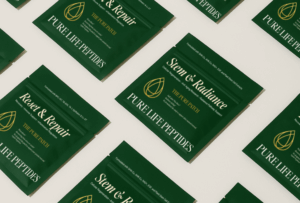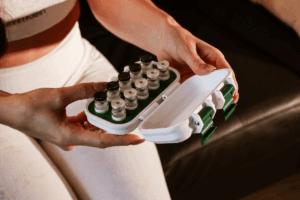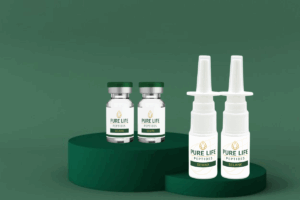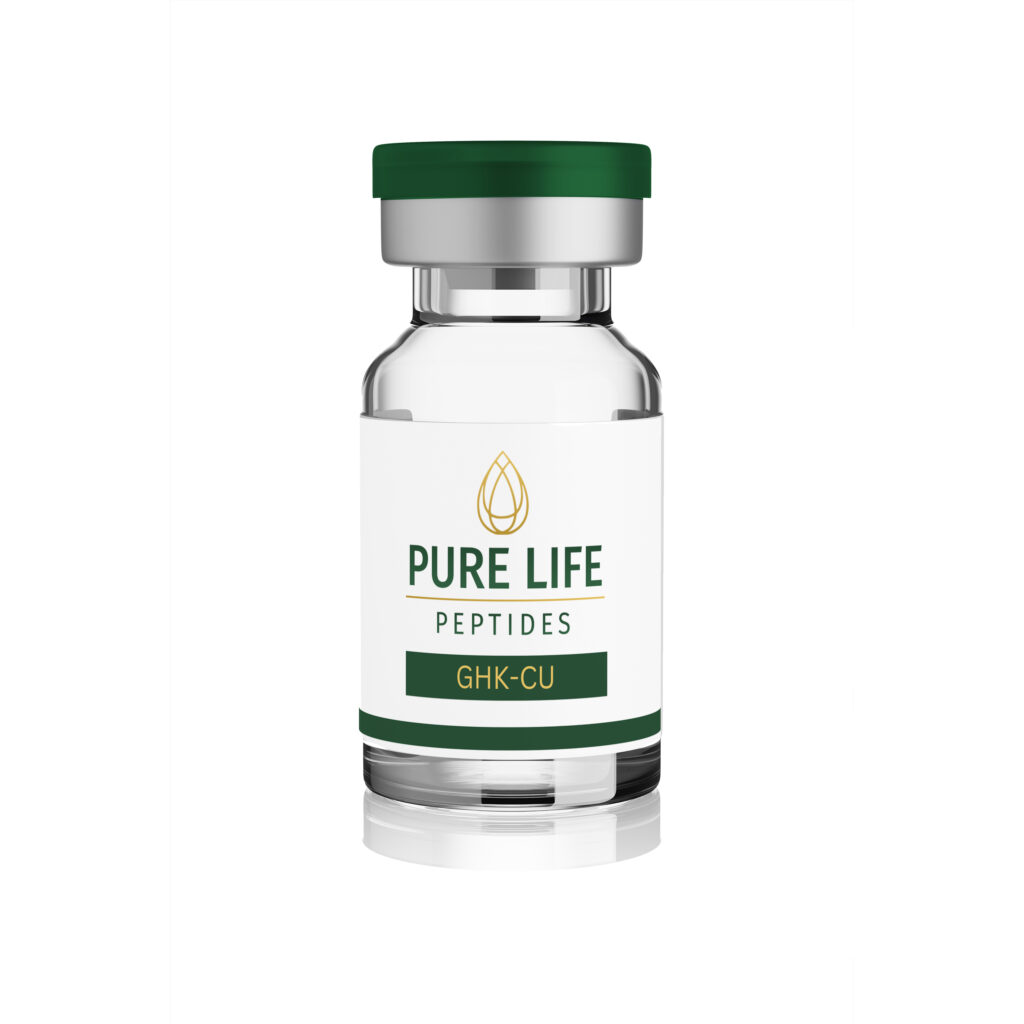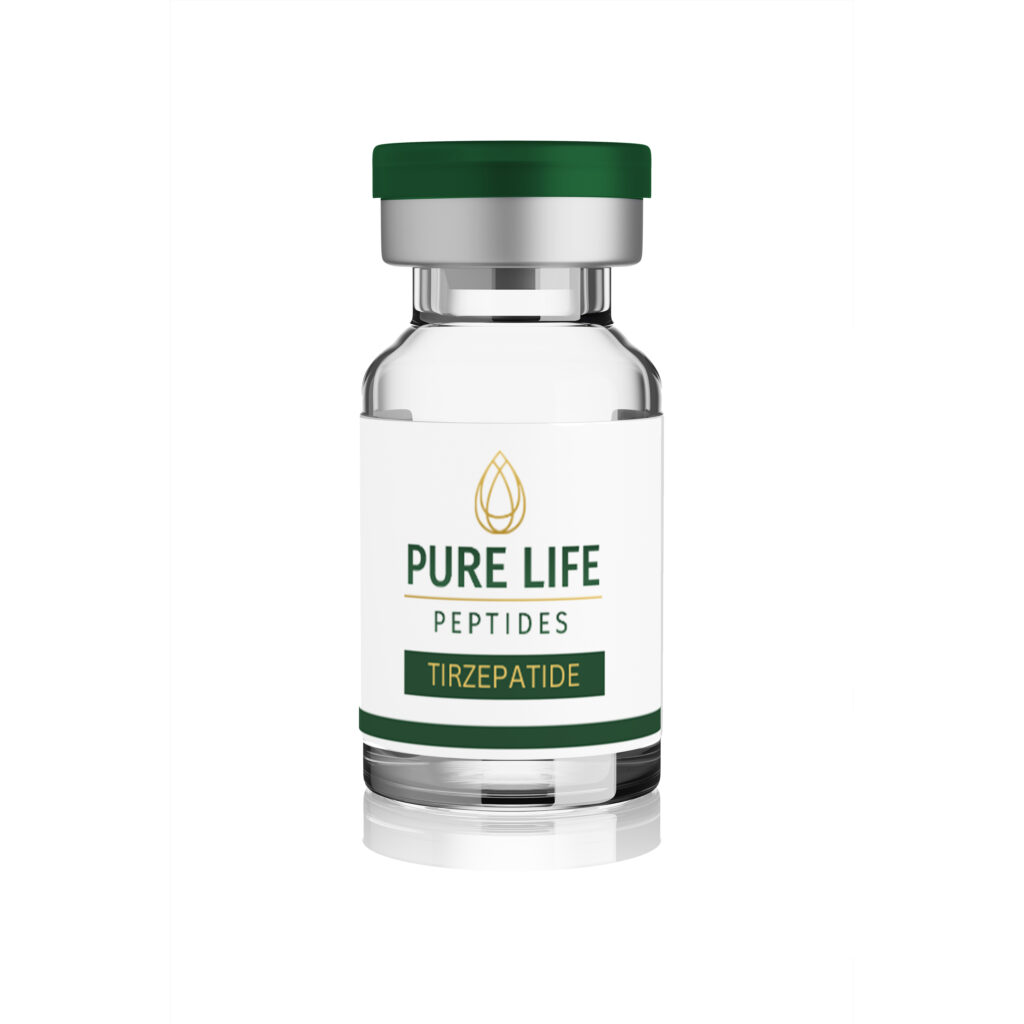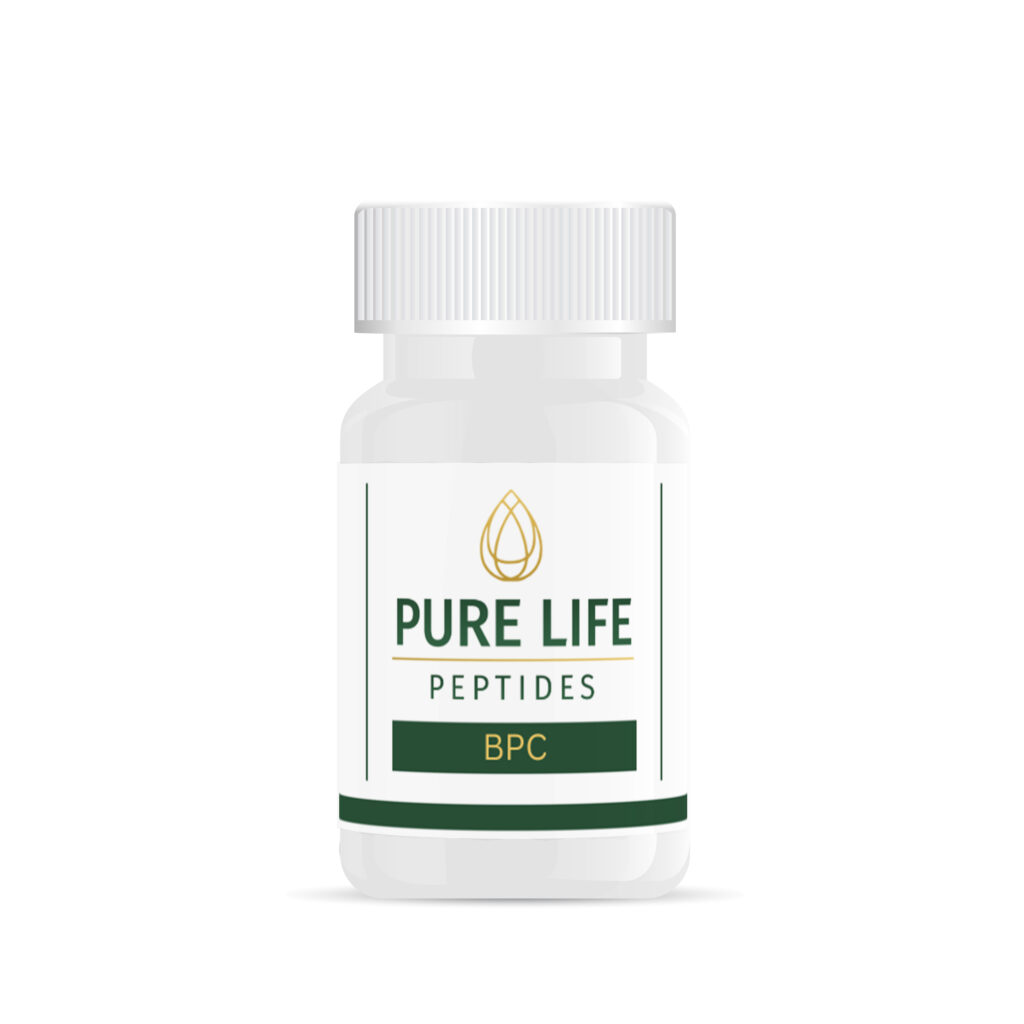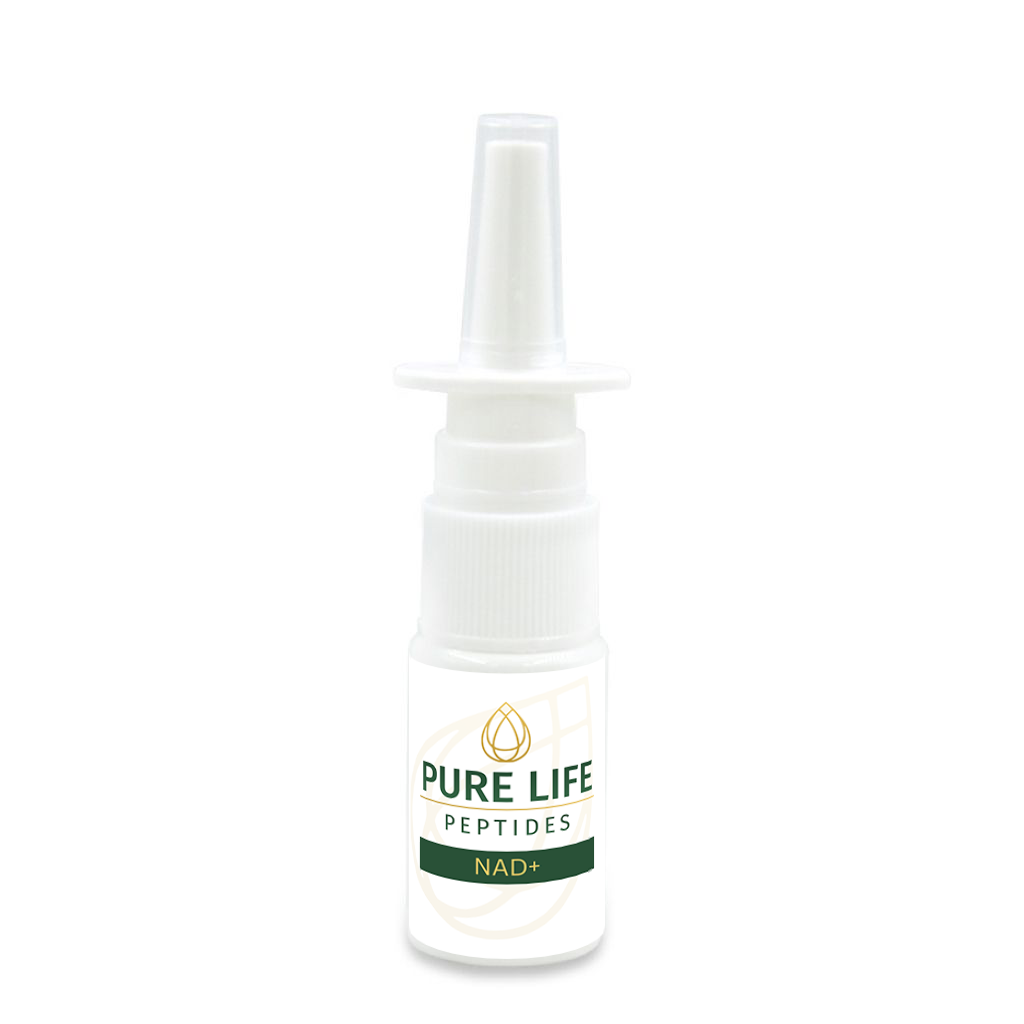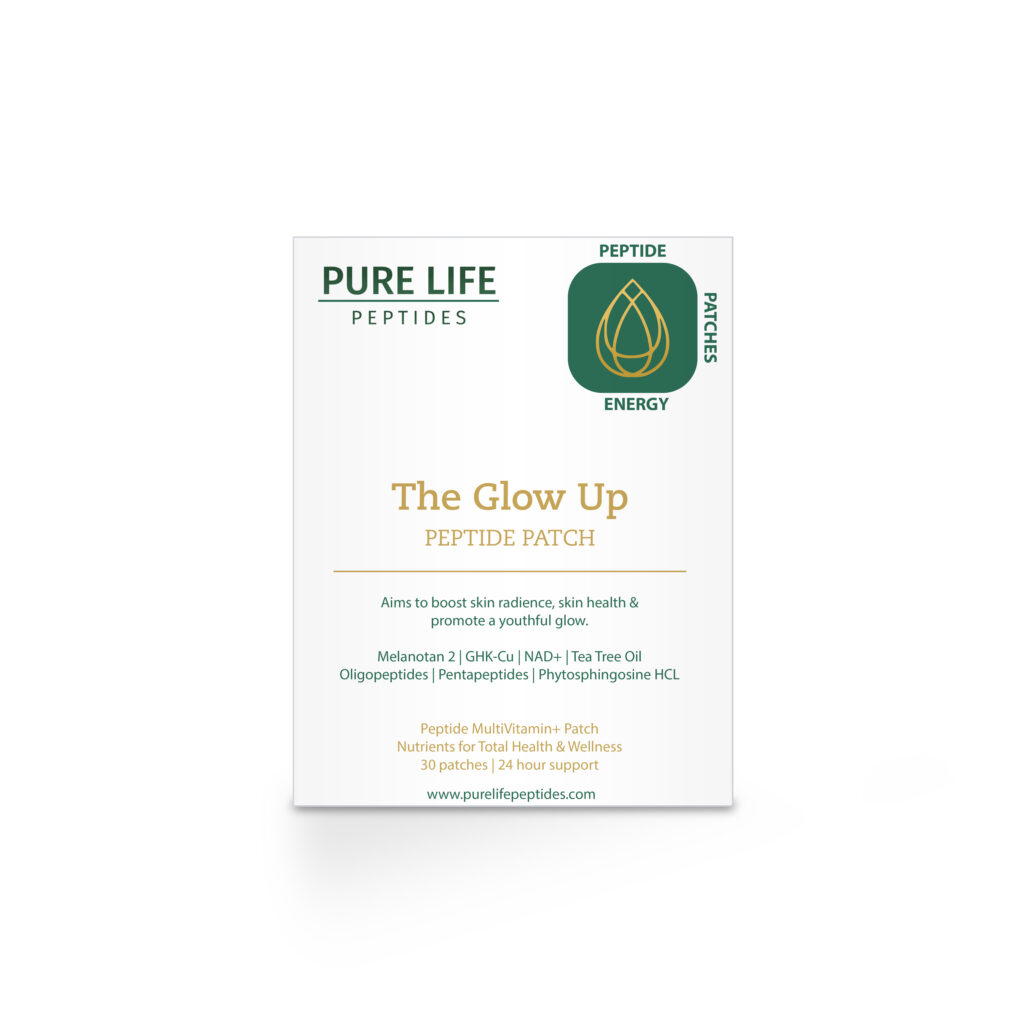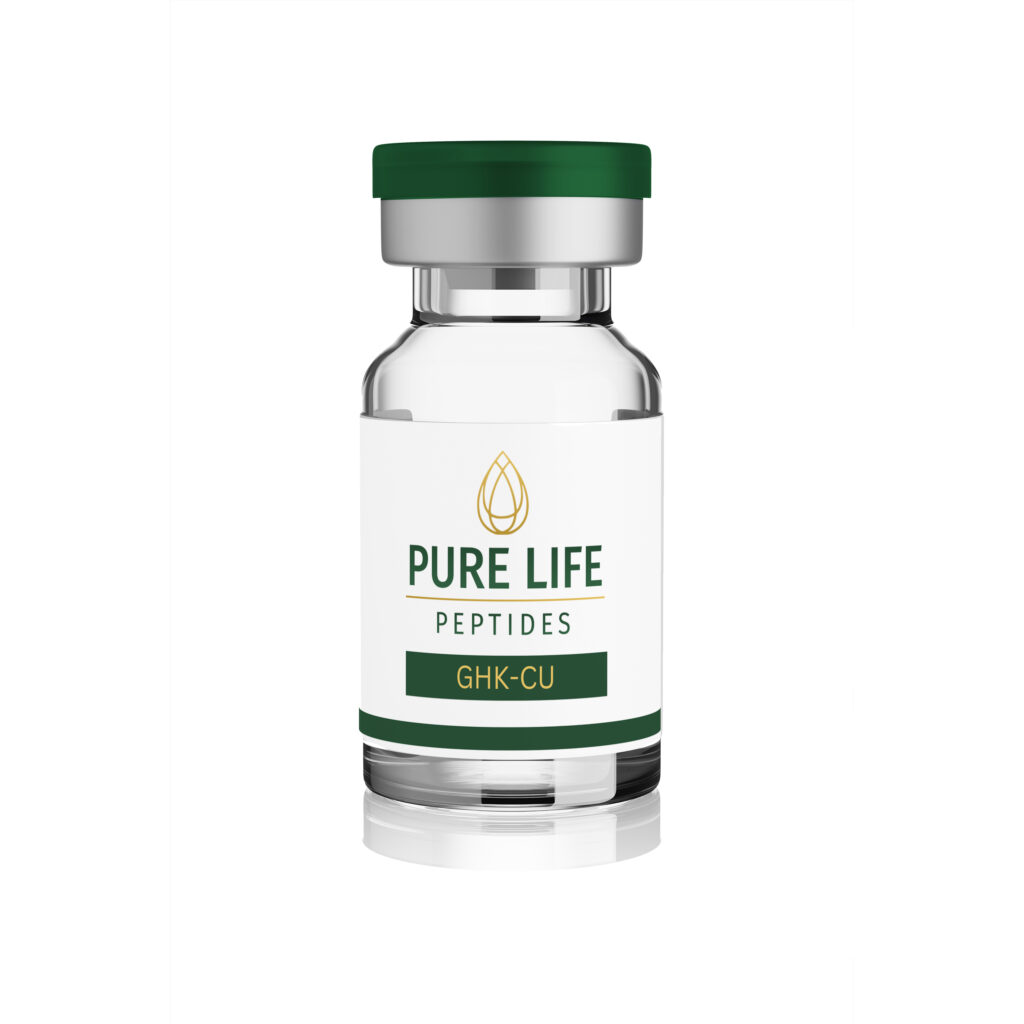Peptides have become a cornerstone of scientific research, with ongoing studies exploring their potential roles in various biological processes. But did you know there are multiple methods for delivering peptides in research settings? From traditional vials to innovative patches, each method offers distinct advantages depending on the study’s focus. Let’s break it down into simple, easy-to-understand terms.
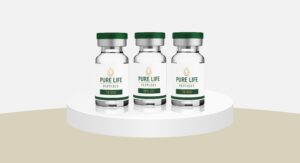
1. Vial Powder for Injection: Precision and Efficiency
Pure Life Peptides supplies vial powders that come with detailed COA documentation to ensure research accuracy.
When it comes to peptide research, vial powders for injection remain the gold standard. Researchers typically reconstitute these peptides with bacteriostatic water, creating a solution that can be precisely measured and administered.
- Why It’s Popular: Injections allow for direct delivery into the bloodstream, ensuring maximum bioavailability.
- How It Works: Once mixed, the peptide solution is drawn into a syringe and administered subcutaneously (under the skin) or intramuscularly (into the muscle), depending on the research requirements.
- Applications in Research: Often used in studies related to growth hormone secretagogues and tissue regeneration.
Research Insight: A study published in The Journal of Clinical Endocrinology & Metabolism found that in research settings, injectable peptides demonstrate higher systemic availability compared to oral delivery methods, as they bypass digestive processes that may degrade peptide structures.

2. Peptide Patches: A Convenient, Gradual Release
Peptide patches have gained popularity in research environments for their simplicity and sustained release mechanisms.
- Why It’s Popular: Patches offer a controlled release of peptides over time, reducing the need for frequent applications.
- How It Works: The patch is applied to clean, dry skin, where peptides are absorbed transdermally (through the skin) and enter systemic circulation.
- Applications in Research: Commonly explored in metabolic and recovery-focused studies.
Research Insight: According to research in Transdermal Drug Delivery Systems, patches can maintain more stable peptide concentrations compared to intermittent injections.
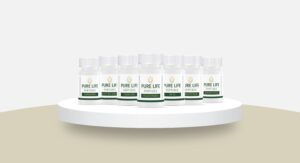
3. Peptide Tablets: Convenient but Limited
Peptide tablets provide a straightforward, oral ingestion method that appeals to many researchers due to ease of use. However, since oral peptide bioavailability is often low, research is ongoing to find ways to enhance absorption and effectiveness. However, they present unique challenges.
- Why It’s Popular: Easy to administer without additional equipment.
- How It Works: Tablets pass through the digestive system, where peptides may degrade before absorption.
- Applications in Research: Often examined in studies of digestive peptide interactions.
Research Insight: A Molecular Pharmacology review noted that enteric-coated peptides show promise in overcoming digestive breakdown, potentially improving bioavailability.
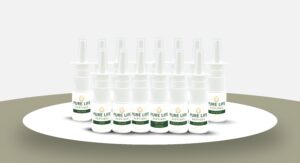
4. Nasal Sprays: Direct to the Brain?
Pure Life Peptides offers nasal spray options that meet rigorous testing standards for research applications.
Nasal sprays offer a fascinating route of administration, particularly when peptides target neurological pathways.
- Why It’s Popular: Bypasses the blood-brain barrier more effectively than other methods.
- How It Works: Peptides are delivered via nasal mucosa, directly entering systemic circulation or the brain.
- Applications in Research: Frequently used in cognitive and neuroprotective studies.
Research Insight: Research from Frontiers in Neuroscience suggests that intranasal delivery is being increasingly explored for peptides involved in memory and mood regulation.
5. Topical Creams and Balms: Skin-Deep Science
Topical peptide applications are predominantly researched for their potential effects on skin and localized tissues.
- Why It’s Popular: Non-invasive and easy to apply.
- How It Works: Peptides are absorbed through the skin’s outer layers to reach targeted areas.
- Applications in Research: Common in studies on wound healing, anti-aging, and hair growth.
Research Insight: A study published in Dermatologic Surgery found that copper peptides can significantly improve skin elasticity and reduce signs of aging.
Which Ingestion Method Is Best for Research?
Pure Life Peptides offers high-quality research peptides tested for purity and available in various delivery methods.
Choosing the right peptide delivery method depends on the research goals. For systemic effects, injectable peptides remain a top choice. If the objective is sustained release, patches provide an excellent alternative. Nasal sprays are ideal for neurological studies, while topical applications are preferred for skin research.
Final Thought:
Peptide research continues to evolve, with peptide administration techniques adapting to meet scientific needs. From injections to transdermal patches and nasal sprays, research peptides are studied across various delivery methods to optimize effectiveness and bioavailability. Understanding these peptide research delivery methods ensures more precise, reliable results and highlights the incredible versatility peptides bring to the field of molecular science. Understanding these methods ensures more precise, reliable results and highlights the incredible versatility peptides bring to the field of molecular science.

